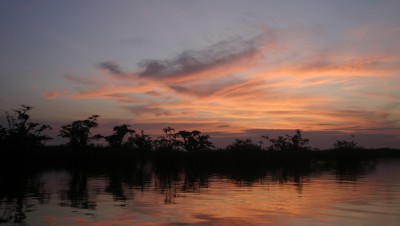
It gives me great pleasure to have Danish friends withme to Nature’s Nest and to show them the wonderful country I come from. Thisyear, two friends visit with me for two weeks. Apart from enjoying life at the
cabin, we go on excursions. 
One of the places we visit is the tiny coastal village Blue Rocks, not far from Lunenburg. I keep coming back to Blue Rocks because it isso picturesque, no matter what kind of weather, and the rocks are fascinating.


We also go to Digby, one of the towns along the coast of the Bay of Fundy, where you can see the highest tides in the world. 
We hike through a forest in the fog towards a natural attraction called Balancing Rock. It appears as if the nine metres high column of basalt rock is balancing on one toe like a ballerina and you wonder why it does not tip over. However, on closer examination, you can see that it was once one large piece of rock but that much of it has eroded away. 
We drove out to the western tip of Nova Scotia to go whale watching from Brier Island. I have been on several whale watching tours before, but never one as exciting as this one. After hours and hours of sailing and not really seeing anything other than the occasional dolphin and the usual seabirds, we ended up in the middle of a feeding frenzy. How lucky can you get?
We arrive at a spot where humpback whales have gathered to feed on herring. The huge animals collaborate in a technique called bubble net fishing. They circle around their hapless prey, blowing bubbles to confuse the fish and concentrate them in a tight ball. The humpbacks then open
their enormous mouths, lunge upwards out of the water, grabbing a huge portion of fish and water on the way up. Their baleen bristles filter the fish from the seawater. It is amazing to see this in real life, quite close up and with so many whales involved.


My friends and I also go backcountry canoeing in Kejimkujik National Park for a couple of days. We see snapping turtles and what I think might be the protected Blanding’s turtle. We see a loon family with mom, dad and downy brown youngsters. We set up camp on Frozen Ocean Lake. The Peace and quiet are total. We swim, hike, make a campfire, eat and sleep. Life is reduced to the simple things. 




 At Nature’s Nest, my cottage on Tupper Lake in Nova
At Nature’s Nest, my cottage on Tupper Lake in Nova The two of us enjoy the quiet evenings on the lake. I
The two of us enjoy the quiet evenings on the lake. I She is not alone in her beaver lodge, though. During
She is not alone in her beaver lodge, though. During The beavers meander from lily pad to lily pad,
The beavers meander from lily pad to lily pad, I like the idea of sharing my wood with a beaver and
I like the idea of sharing my wood with a beaver and I peer through the trees (on the right in the photo above) and spot what looks like two thick,
I peer through the trees (on the right in the photo above) and spot what looks like two thick, Wild asters, sundew, cranberries, blueberries, Virginia
Wild asters, sundew, cranberries, blueberries, Virginia




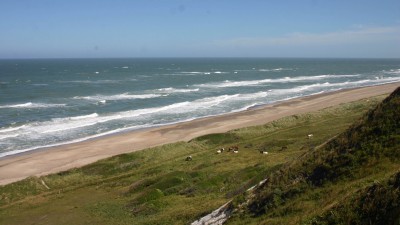



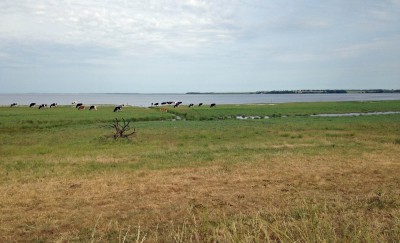
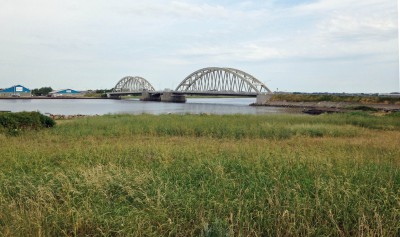 The landscape is nothing to get too excited about on
The landscape is nothing to get too excited about on
 For hours, I meet not a soul. I pass by a Common
For hours, I meet not a soul. I pass by a Common


 Leaving the town of Skals in the spring of 2018, I
Leaving the town of Skals in the spring of 2018, I
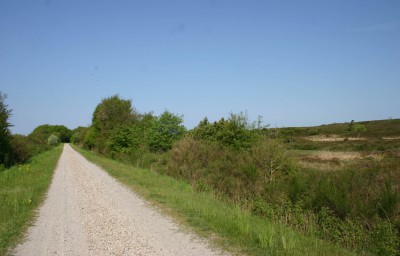 During World War II, more trees were felled because
During World War II, more trees were felled because I hike for three days, covering 70 km. The first
I hike for three days, covering 70 km. The first
 The summer of 2017 starts out okay with sunny and dry
The summer of 2017 starts out okay with sunny and dry
 I pass through Hjarbæk, a cozy village by a fjord.
I pass through Hjarbæk, a cozy village by a fjord. The town of Skals was my goal for today – a mere 20
The town of Skals was my goal for today – a mere 20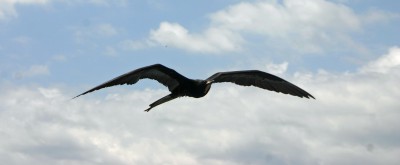

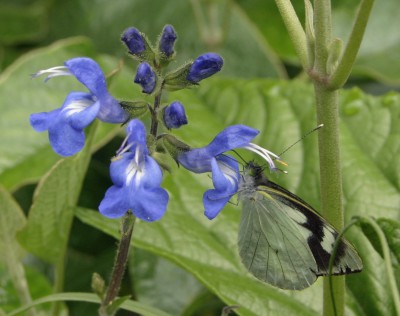

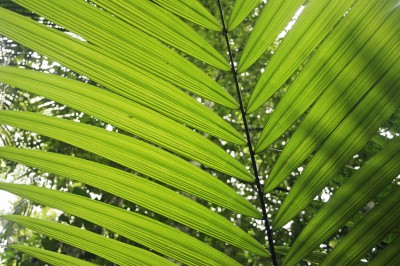
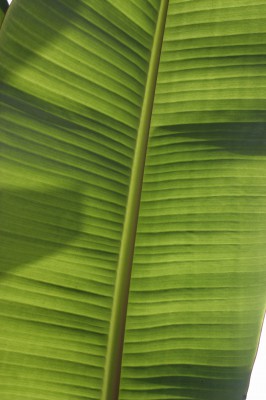 Ecuador has so much to offer: incredible biodiversity,
Ecuador has so much to offer: incredible biodiversity,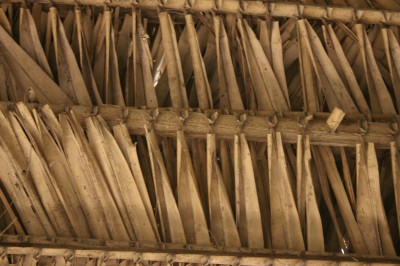
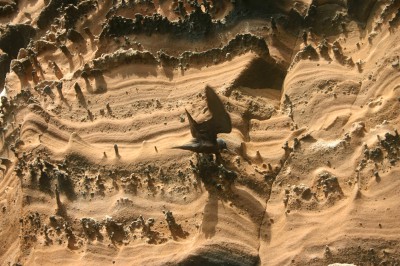
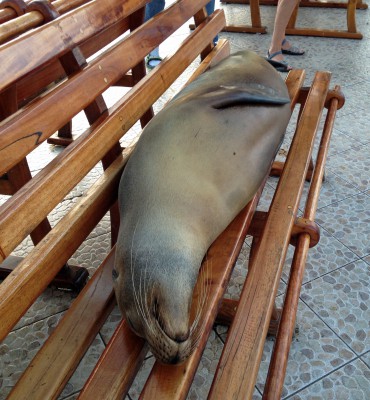
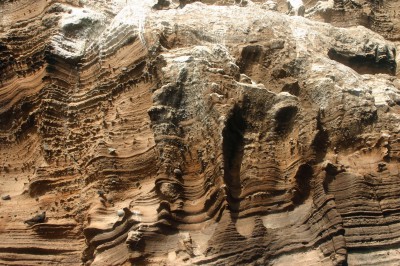
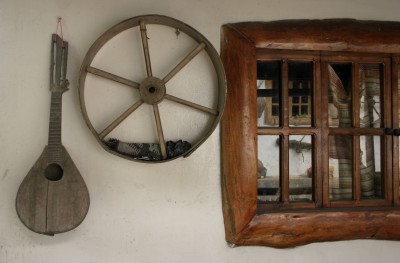
 It is a gift to visit such a biologically diverse
It is a gift to visit such a biologically diverse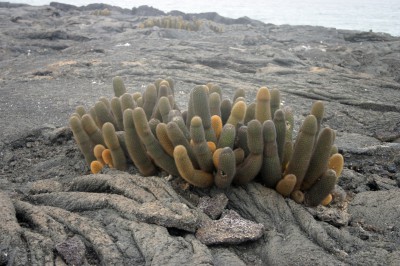


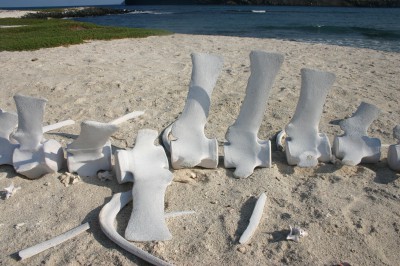 Surely, we can find ways to combine nature,
Surely, we can find ways to combine nature,